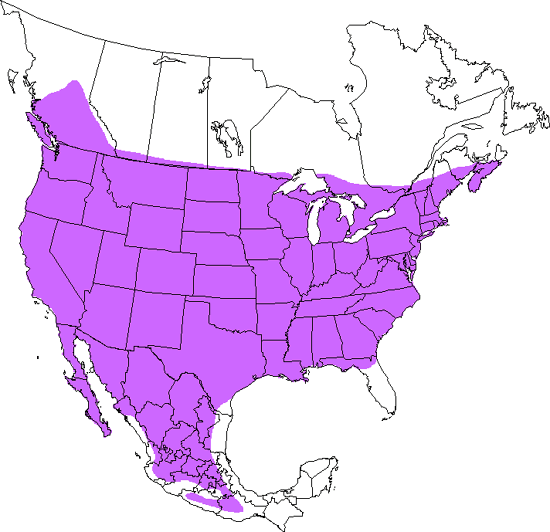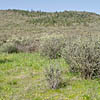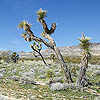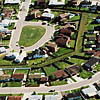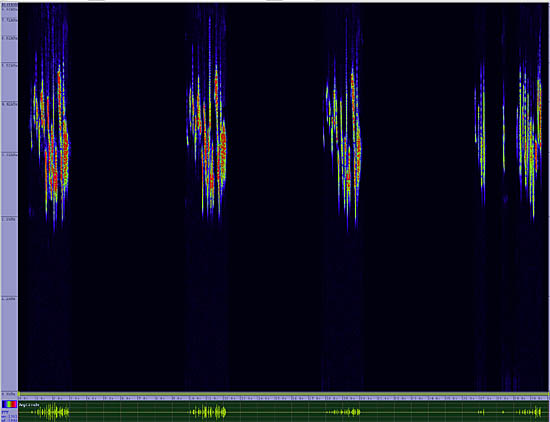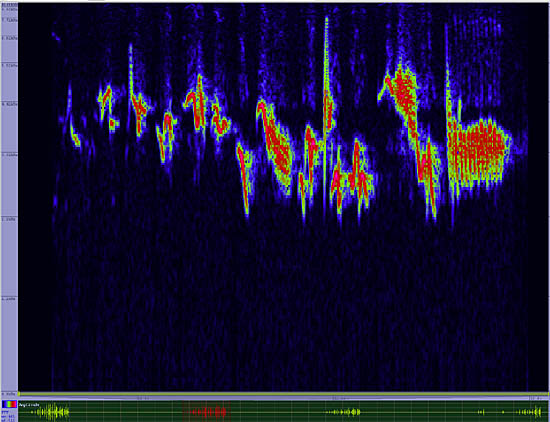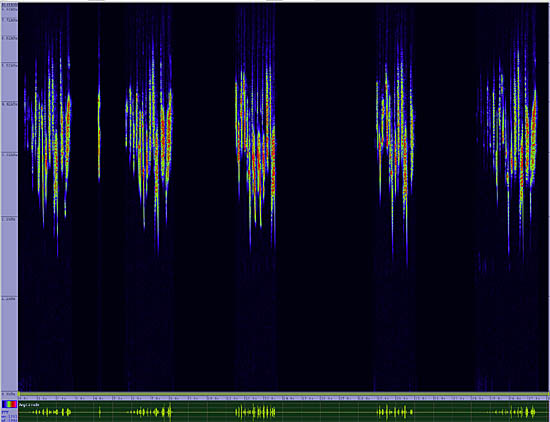House Finch
Carpodacus mexicanus

Perching

Length: 6 in. (15 cm )
A native of the west, the House Finch is abundant in suburbs and cities but also does well in desert scrub and open woodlands. Because of its beautiful song, it was introduced to Long Island in the 1940s, and escapees and their offspring quickly populated much of the rest of the east. It feeds almost exclusively on seeds and unlike most other seed-eating species that switch to insects for their young, the House Finch also feeds seeds to its nestlings. This species uses a wide variety of nest sites, but the nest is often placed in a shaded niche or shallow cavity.\r\n
The four-digit banding code is HOFI.
Bibliographic details:
- Article: House Finch
- Author(s): Dr. Biology
- Publisher: Arizona State University School of Life Sciences Ask A Biologist
- Site name: ASU - Ask A Biologist
- Date published:
- Date accessed:
- Link: https://askabiologist.asu.edu/activities/bird/house-finch
APA Style
Dr. Biology. (). House Finch. ASU - Ask A Biologist. Retrieved from https://askabiologist.asu.edu/activities/bird/house-finch
Chicago Manual of Style
Dr. Biology. "House Finch". ASU - Ask A Biologist. . https://askabiologist.asu.edu/activities/bird/house-finch
Dr. Biology. "House Finch". ASU - Ask A Biologist. . ASU - Ask A Biologist, Web. https://askabiologist.asu.edu/activities/bird/house-finch
MLA 2017 Style
Be Part of
Ask A Biologist
By volunteering, or simply sending us feedback on the site. Scientists, teachers, writers, illustrators, and translators are all important to the program. If you are interested in helping with the website we have a Volunteers page to get the process started.


